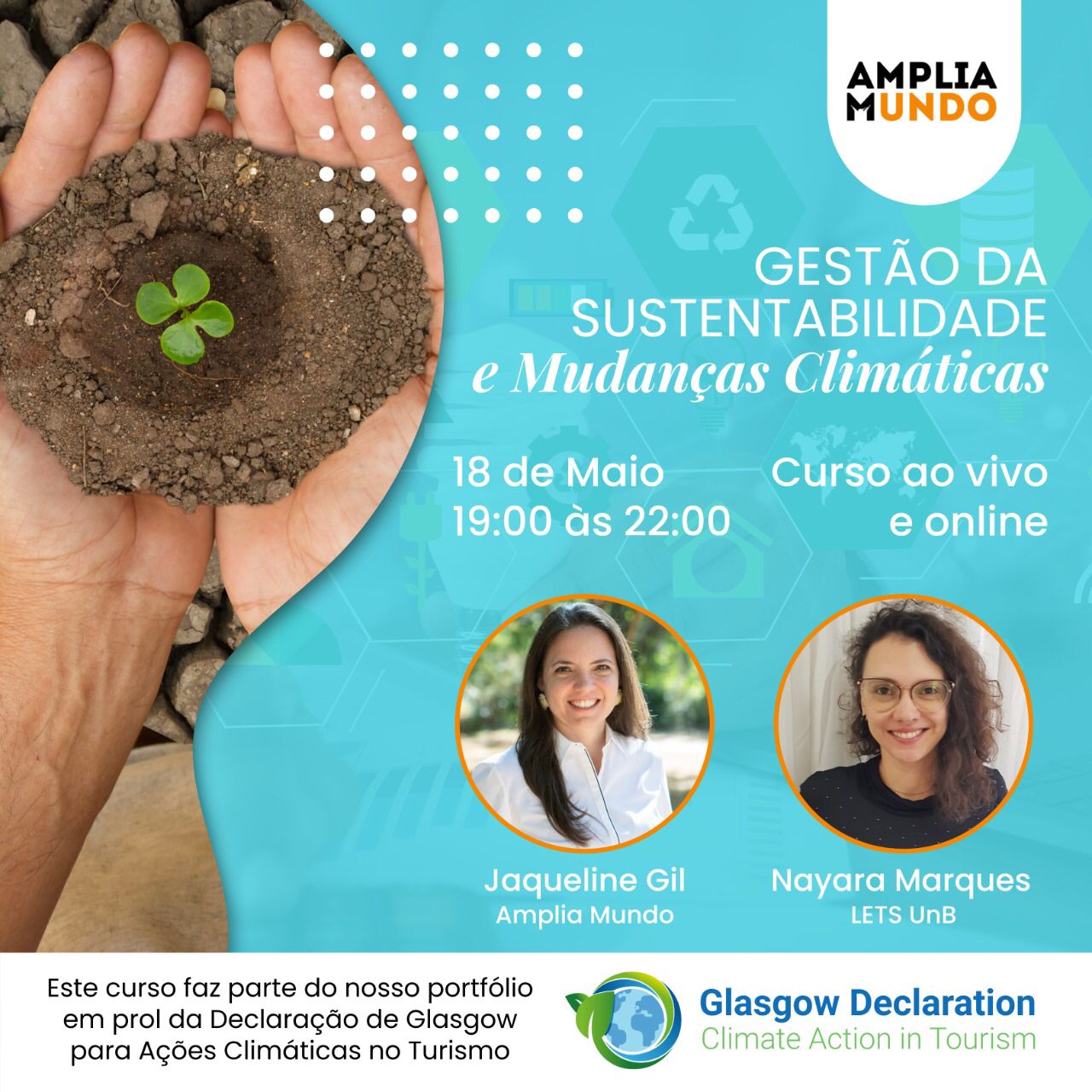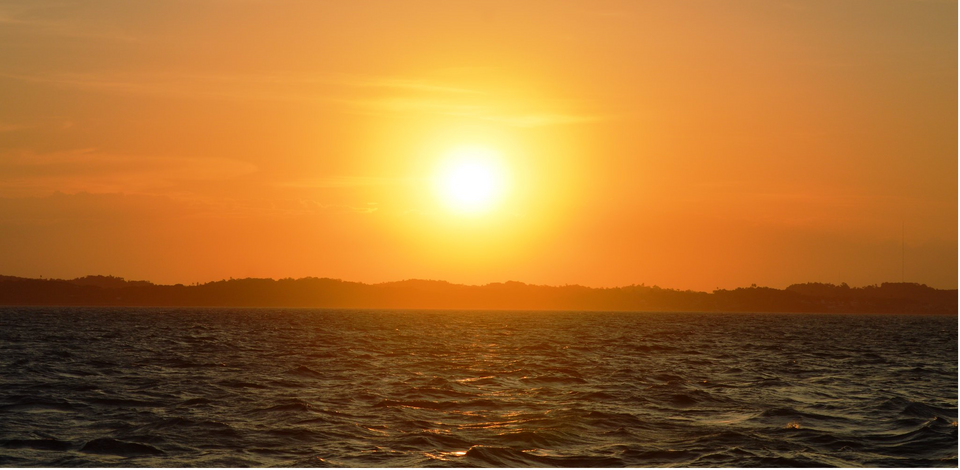The theme of Sustainability is both old and new. The limits of natural resources have been in the literature since the eighteenth century, such as in the book "The Wealth of Nations" - by Adam Smith (1776) . However, the theme gained more attention, especially from the second half of the twentieth century with the Stockholm Conference on Environment and Human Development, in 1972. On the occasion, the concept of eco-development, presented by Ignacy Sachs as "satisfaction of basic needs; solidarity with future generations; participation of the population; preservation of the environment; and the creation of educational programs".
The term sustainable development, which in a way replaced Sachs', was presented in the Brundtland Report - Our Common Future, launched by the United Nations in 1987. Since then, expressions such as sustainability, Sustainable Development Goals, sustainable business, and, more recently, new approaches have emerged such as the Donut Economy (Kate Raworth) and the acronym ESG (Environment, Social and Governance), especially for the corporate environment.
In the twenty-first century, in addition to Science offering uninterrupted deepening of the knowledge of sustainability to humanity, we have to deal with planetary emergencies, such as climate change. The alarming indications of recent research published by the Intergovernmental Panel on Climate Change (IPCC) on global warming and climate change accelerate the realization that we need to act in favor of the dynamic balance between humans and nature before it is too late. Different authors highlight that this is the greatest challenge of our century¹. It is no longer a question of the future, but an emergency of the present.
Faced with so many perspectives of the past and tomorrow, let's bring this context to today: what can we do to start managing sustainability in our radius of action, with a focus on climate change? Considering the nine planetary boundaries established by the Stockholm University Resilience Center - under the coordination of scientist Johan Rockstrom - released in 2009 and recently updated in 2015 and 2022², how to transition economic models and develop actions towards a greater balance between humans and nature? What are the main strategies and tools available today for sustainability management in the context of climate change? How do these two themes dialogue with Brazilian tourism?
Most of the main tourist destinations on the Brazilian Tourism Map are in areas of great vulnerability and risks to climate change. Tourism is a sector with a double interface in the context of the climate crisis: on the one hand, it suffers the impacts directly and, on the other hand, it is a relevant emitter of Greenhouse Gases-GHG. This sector contributes to energy consumption, use of fossil fuels and depends on the multimodal transport of tourists³.

In search of solutions, last year, at the United Nations Climate Change Conference, COP 26, the Glasgow Declaration for Climate Action in Tourism , but which still has very low adhesion of key players in the Brazilian tourism sector * . On the other hand, this global agreement is a great opportunity for the necessary transition towards a 50% reduction in emissions by 2030 and to zero emissions as soon as possible by 2050!
In the midst of so many essential issues for public and private management, LETS researchers Jaqueline Gil and Nayara Marques organized the course "Management of Sustainability and Climate Change", which will be offered on May 18, between 7:00 pm and 10:00 pm, online and live.
All information can be found here , and we advance that the content will be guided by:
- Sustainability concepts in alignment with climate change (SDG 13)
- Climate Change and Planetary Boundaries (Stockholm School)
- How to develop a climate action plan towards sustainability
Although the subject is extensive and it is not possible to go into depth in 03 hours, the general objective of the course is to offer a general overview of the scientific and conceptual context of the theme and present guidelines for the elaboration of climate action plans, which can become public policies or be prepared by public or private organizations. In addition, one of the positive results is to enable the creation of a network of professionals who want to engage with climate change & tourism.
The IPCC indicates Brazil among the most vulnerable countries in the world in terms of the impacts of climate change. It is the duty of each one of us to take initiatives that, together, can minimize risks, mitigate carbon emissions, and promote adaptation in the face of so many vulnerabilities.

More information about the course? Follow our LIVE to answer questions this Thursday at 7 pm here .


Complementary sources:
¹ Cramer, 2014; Worster, 2016; Abramovay, 2020; IPCC, 2021
² https://www.stockholmresilience.org/research/planetary-boundaries.html
³ UNWTO, 2008; Peeters et al., 2017; UNWTO & IFT, 2019; Grimm & Sampaio, 2017; Grimm et al., 2018; Grimm, 2019; Santos & Marengo, 2020



